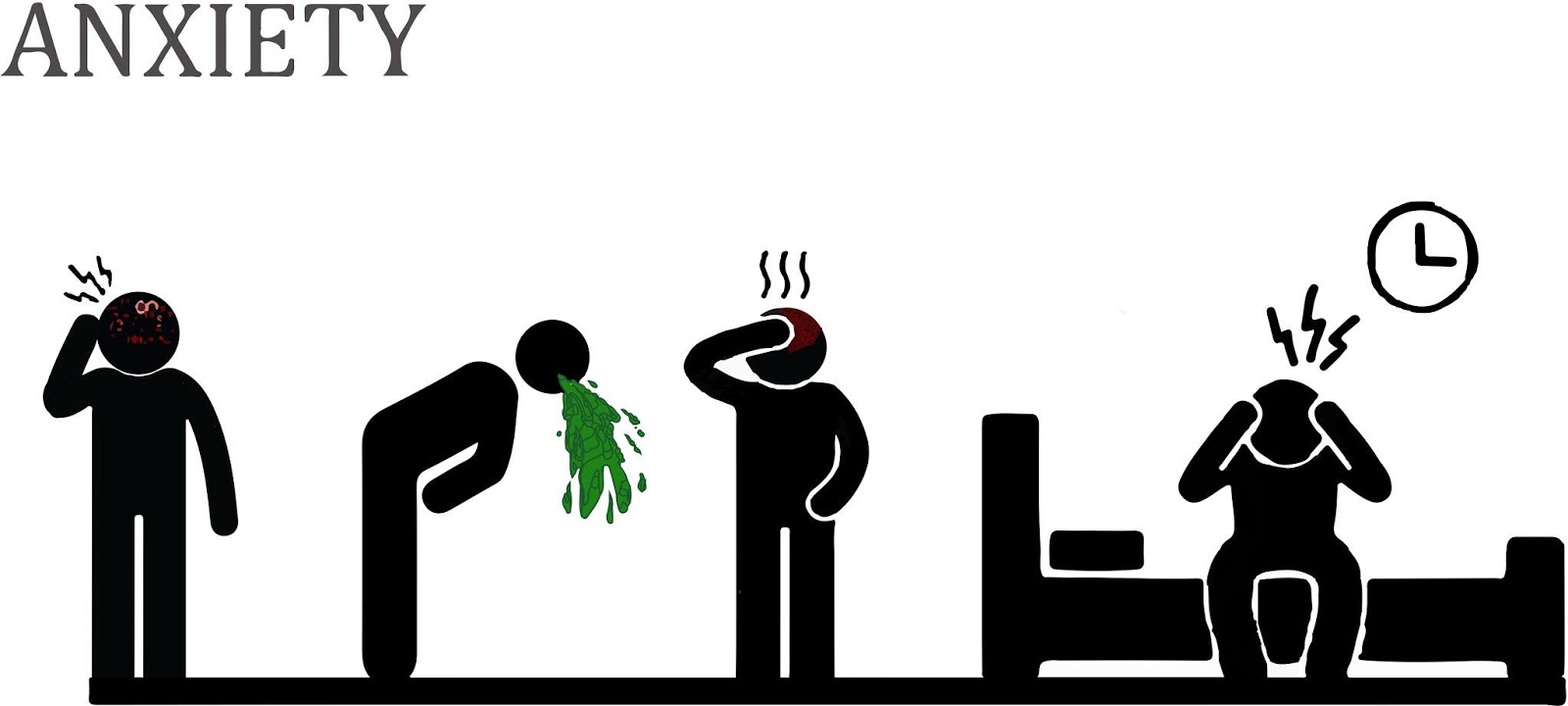Kava, a traditional Pacific Island beverage derived from a plant root, is gaining popularity as a natural remedy for anxiety, stress, and sleep issues. With the growing demand for alternative therapies, many people are exploring herbal options like kava and weed.
However, as more people turn to this Pacific drink, people wonder if it’s safe to mix kava and cannabis. Both substances can offer relaxation and potential therapeutic benefits, but combining them could have consequences.
What is Kava?
Kava is a traditional herbal remedy derived from the roots of the piper methysticum plant, native to the South Pacific islands. It has been used for centuries in ceremonial and social settings and is valued for its sedative and anxiety-reducing properties.
Typically, the root is ground or pounded into a fine powder and mixed with water to produce a beverage consumed during social events and religious gatherings.
Kava has been traditionally used to alleviate symptoms of anxiety and stress. Its effectiveness in treating anxiety disorders has been attributed to its active compounds called kavalactones. Studies have demonstrated that kava can effectively alleviate mild to moderate anxiety symptoms when taken daily within the range of 20-300 mg of kavalactones.
Does kava make you high?
No, not in the same sense as cannabis. Kava's mechanism of action involves the modulation of neurotransmitters in the brain, particularly gamma-aminobutyric acid (GABA), which has a calming effect on the nervous system. Kavalactones are believed to interact with GABA receptors, resulting in relaxation and reduced anxiety.
While kava is generally considered safe when used in moderation and under the guidance of a healthcare professional, there have been reports of liver toxicity (hepatotoxicity) associated with its use, particularly with high doses or prolonged use. Due to these concerns, Germany banned the clinical use of kava for anxiety in 2002, although the ban was lifted in 2014, pending further research.1
Can You Take Weed With Kava? Are there Risks?

Many people may wonder about the safety of combining cannabis with kava, especially considering their potential effects on the central nervous system. While both substances are known for their calming and mood-altering properties, it’s important to consider the potential risks associated with their simultaneous use.
Combining weed and kava may lead to enhanced effects, including both desired and adverse outcomes. Studies suggest kava interacts with the endocannabinoid system, particularly cannabinoid receptors, such as CB1. For instance, one of the kava constituents, yangonin, has been identified as having a binding affinity for the CB1 receptors, albeit weaker than THC (tetrahydrocannabinol), the primary intoxicating component of cannabis.2
The combination of kava and weed may heighten the intoxicating effects of THC, potentially leading to increased sedation, drowsiness, and impairment of cognitive and motor functions. Additionally, individuals may experience intensified feelings of relaxation and euphoria, which could be desirable for some but overwhelming or uncomfortable for others.
While there is limited research specifically addressing the safety of combining weed and kava, always approach this combination with caution. Due to the potential for enhanced effects and interactions between their respective active compounds, users should be aware of the possible risks involved.
As with any combination of substances, individuals must consult with their healthcare provider before using this combination together. Healthcare professionals can offer personalized guidance based on an individual's medical history, current health status, and any medications they may be taking.
Are There Benefits to Taking Weed and Kava Together?
While the interaction between weed and kava has not been extensively studied, there are some insights that shed light on possible advantages.
Potential Benefits from Current Research
Research on the combined effects of cannabis and kava is limited, making it challenging to draw definitive conclusions about their joint benefits. However, some studies suggest that kava may regulate the endocannabinoid system, particularly cannabinoid receptors like CB1.2 This interaction could potentially enhance or alter the effects of THC.
Anecdotal Reports
Reports from individuals who have experimented with combining weed and kava suggest a variety of experiences. Some users report that combining the two substances leads to intensified relaxation, euphoria, and mood enhancement. Others claim that the combination provides a unique and pleasant sensory experience with reduced anxiety and stress.
The responses to the combination of kava and weed can vary widely among individuals. Factors such as dosage, frequency of use, individual body chemistry, and the specific strains can all influence the outcome. Some individuals may find the combination enjoyable and beneficial for relaxation and mood enhancement, while others may experience adverse effects or discomfort.
Should You Choose Weed or Kava?

Compare the effectiveness, benefits, and suitability of cannabis and kava for your condition before making a decision, and consider consulting with your doctor. While both substances may offer therapeutic effects, their mechanisms of action and clinical applications can vary.
Effectiveness and Clinical Applications
- Anxiety: Kava appears to be more likely beneficial for anxiety than cannabis, according to current research. While cannabinoids like CBD may have anxiety-reducing properties, THC has the potential to induce anxiety in some users, particularly at higher doses.3
- Sleep: Both weed and kava have been associated with sleep-inducing effects. Low doses of THC have been shown to increase slow-wave sleep and decrease sleep latency, although higher doses may disrupt sleep in some consumers.4 Kava's sedative properties may promote relaxation and aid in sleep.
- Pain Management: Cannabis, particularly varieties with high THC content, has demonstrated efficacy as a pain-killer for chronic pain conditions.5 However, the pain-reducing effects of CBD appear to be less pronounced. Kava's pain-reducing properties are less well-established, and further research is needed to understand its efficacy in pain management.
- Anti-inflammatory and Anti-cancer Properties: Both kava and cannabis have shown potential anti-inflammatory and anti-cancer properties in preclinical studies.6,7 However, clinical evidence supporting their effectiveness in these areas is limited, and further research is warranted.
Considerations for Individuals
- Individual Response: The choice between kava and weed may depend on personal preferences, tolerance, and responses to each substance. Some individuals may find one substance more effective or tolerable than the other for managing specific symptoms.
- Medical Conditions and Contraindications: Certain medical conditions or medications may contraindicate the use of either weed or kava. Individuals with liver disease or a history of substance abuse may need to avoid kava due to its potential to damage the liver. Similarly, individuals with psychiatric disorders or a history of psychosis may need to use caution with cannabis due to its intoxicating effects.
Safety Tips for Combining Kava and Weed
Combining cannabis and kava can potentially lead to enhanced effects, both desired and adverse. To minimize the risk of unpleasant experiences and ensure safe use of these substances together, always follow safety guidelines and take necessary precautions.
1. Start Low, Go Slow
Begin with low doses of both kava and weed, especially if you're new to combining these substances or unsure about your tolerance. Starting with low doses allows you to gauge your response and minimize the risk of overconsumption. Gradually increase the dosage as tolerated, but avoid exceeding recommended limits.8 If you can find kava edibles, like gummies, from a reputable source, they might be a good way to get more precise dosing.
2. Know Your Limits
Be aware of the potency and composition of the kava and THC products you're using. Different strains of cannabis and preparations of kava can vary in potency and effects. Choose products with known cannabinoid and kavalactone content, and pay attention to recommended serving sizes.
3. Stay Hydrated
Both weed and kava can have mild diuretic effects, so staying hydrated is important, as well as drinking plenty of water before, during, and after consumption. Dehydration can exacerbate potential side effects such as dizziness or dry mouth.
4. Avoid Driving
Never drive or operate heavy machinery while under the influence of kava and weed. These substances can impair cognitive and motor functions, increasing the risk of accidents. Plan ahead and arrange for alternative transportation if needed.
5. Monitor Your Response
Pay attention to how your body reacts to the combination of weed and kava. Watch for signs of discomfort, such as increased anxiety, dizziness, nausea, or rapid heart rate. If you experience any adverse effects, consider reducing your dosage or discontinuing use.
6. Seek Medical Attention if Necessary
If you experience severe or persistent symptoms, such as chest pain, severe anxiety or paranoia, confusion, or difficulty breathing, seek medical attention immediately. These symptoms may indicate a medical emergency or adverse reaction.
7. Talk to Your Physician
Before combining kava and weed, it's crucial to consult with your healthcare provider, especially if you have underlying health conditions or are taking medications. Your physician can provide personalized guidance and help determine if this combination is safe and appropriate for you.
References
- Bian T, Corral P, Wang Y, et al. Kava as a Clinical Nutrient: Promises and Challenges. Nutrients. 2020;12(10):3044. Published 2020 Oct 5. doi:10.3390/nu12103044 ↩︎
- Ligresti A, Villano R, Allarà M, Ujváry I, Di Marzo V. Kavalactones and the endocannabinoid system: The plant-derived yangonin is a novel CB1 receptor ligand. Pharmacological Research. 2012;66(2):163-169. doi:https://doi.org/10.1016/j.phrs.2012.04.003 ↩︎
- Sharpe L, Sinclair J, Kramer A, de Manincor M, Sarris J. Cannabis, a cause for anxiety? A critical appraisal of the anxiogenic and anxiolytic properties. Journal of Translational Medicine. 2020;18(1). doi:https://doi.org/10.1186/s12967-020-02518-2 ↩︎
- Edwards D, Filbey FM. Are Sweet Dreams Made of These? Understanding the Relationship Between Sleep and Cannabis Use. Cannabis and Cannabinoid Research. 2021;6(6). doi:https://doi.org/10.1089/can.2020.0174 ↩︎
- van de Donk T, Niesters M, Kowal MA, Olofsen E, Dahan A, van Velzen M. An experimental randomized study on the analgesic effects of pharmaceutical-grade cannabis in chronic pain patients with fibromyalgia. Pain. 2019;160(4):860-869. doi:https://doi.org/10.1097/j.pain.0000000000001464 ↩︎
- Lowe H, Toyang N, Steele B, Bryant J, Ngwa W. The Endocannabinoid System: A Potential Target for the Treatment of Various Diseases. International Journal of Molecular Sciences. 2021; 22(17):9472. https://doi.org/10.3390/ijms22179472 ↩︎
- National Academies of Sciences, Engineering, and Medicine, Health and Medicine Division, Board on Population Health and Public Health Practice. Therapeutic Effects of Cannabis and Cannabinoids In: The Health Effects of Cannabis and Cannabinoids: The Current State of Evidence and Recommendations for Research. National Academies Press (US); 2017. https://www.ncbi.nlm.nih.gov/books/NBK425748/ ↩︎
- MacCallum CA, Russo EB. Practical considerations in medical cannabis administration and dosing. European Journal of Internal Medicine. 2018;49(49):12-19. doi:https://doi.org/10.1016/j.ejim.2018.01.004 ↩︎
The information in this article and any included images or charts are for educational purposes only. This information is neither a substitute for, nor does it replace, professional legal advice or medical advice, diagnosis, or treatment. If you have any concerns or questions about laws, regulations, or your health, you should always consult with an attorney, physician or other licensed professional.




